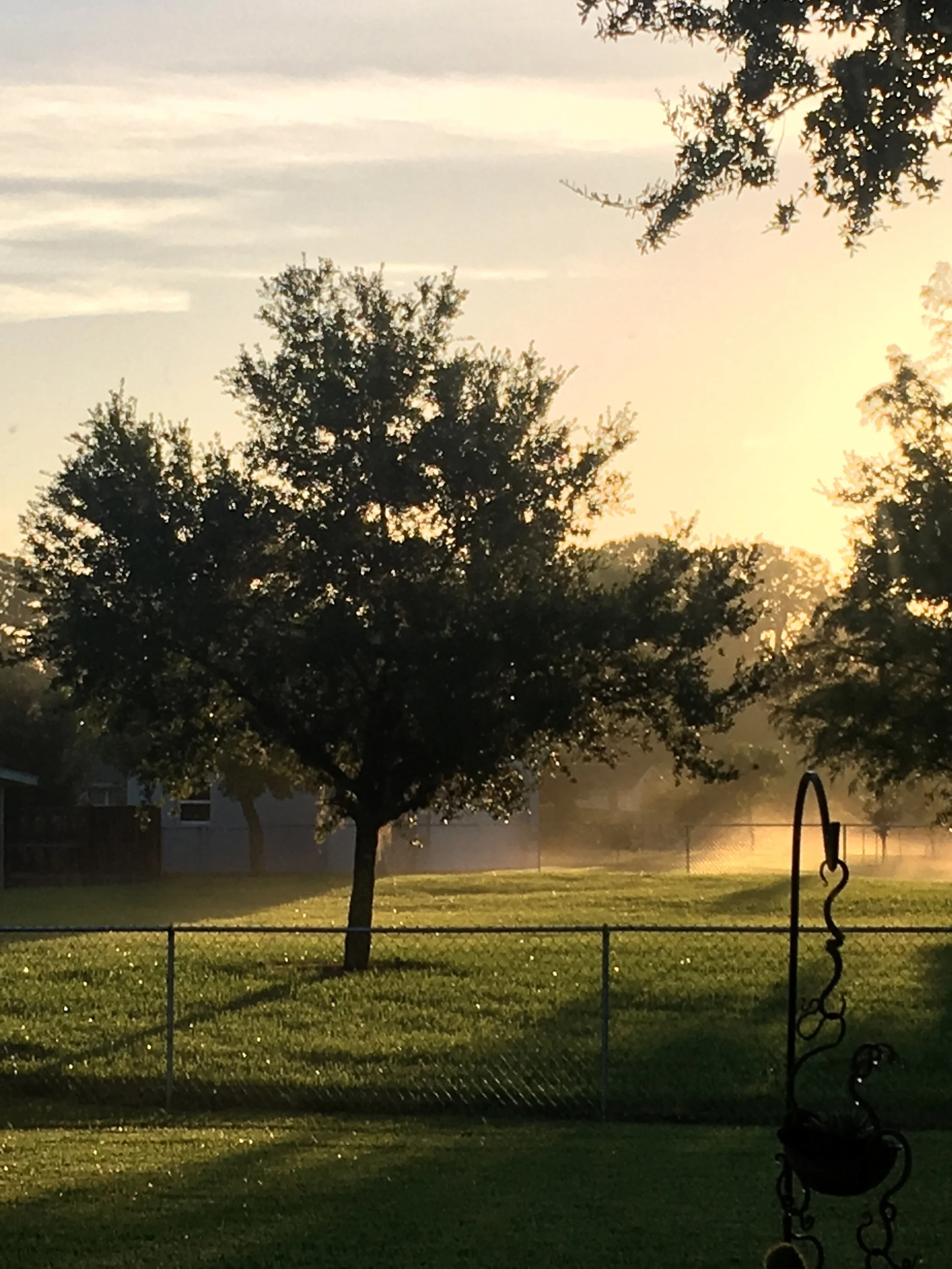Non-Traditional Ways to Increase Land Value
Getting The Highest and Best Use From Land
Within this blog, I will go into detail about each of the following ways that I have used to get the maximum dollar out of a piece of land, sometimes without doing a traditional short or long plat subdivision.
Boundary Line Adjustments (BLA’s)
Boundary Line Adjustments are traditionally used to move lot lines, for example, expanding one parcel while shrinking another, but I have created new parcels by having used my county BLA code, taking a large parent parcel and moving lots lines to create new ones.
Simple Land Divisions
I used this method to segregate a 20 acre parcel into four 5 acre parcels without making application for either a short or long plat. This rural county allowed for an administrative review of a proposed segregation based on a five-year length of continuous ownership, while meeting other specific qualifications. The application review was administrative in nature. The segregation was approved in about 2 months after submittal.
Testamentary Devise
My client used a state subdivision law exemption, allowing him to take his large parcel of land and divide it to the current residential zoning designation through his Will, thus taking a large single parcel and dividing it into several smaller legal parcels. He used his state’s subdivision exemption laws and the laws of descent and distribution to create new individual parcels for the designated heirs upon his death.
Wood Waste Facility
Obtain permits to use the land surface to collect and store wood waste and to process the material into mulch or landscape bark.
Gravel Mining
There can be big money in rock. I negotiated a sale of land with a company that owned an adjoining parcel that was permitted for gravel mining. Since they were a start up and low on cash, they financed the purchase by paying me 80 cents per ton for the gravel removed from the pit on a monthly payment schedule. They paid off the Promissory Note of over 1.5 million dollars in 3 years.
Forestry
During the inspection period of a sale, buyer employs Certified Forester to timber cruise the property to identify harvestable timber and the proposed market value. Harvest the timber after closing and use the proceeds to recapture acquisition costs. Not to be confused with logging before closing.
Sell an easement
An adjoining parcel owner saved substantially on the cost of his proposed entry road by buying an access easement from me that provided an alternate, shorter and less costly entry access into his project.
Cell tower lease
Sometimes elevations cause problems, like when steep slopes make an area unusable. One guy I knew of was approached by a wireless provider and leased, on a long term basis, the otherwise unusable high spot on his land for a cell tower. By thinking outside the box and doing his homework he was able to find a profitable use for an otherwise unusable portion of his land.
Clustering
Some counties encourage clustering of lots into dense pods, allowing for smaller lot sizes than the underlying zoning. This results in higher density housing on smaller lots, leaving a greater percentage of the land as open space. This saves the developer money on road and utility infrastructure costs and provides the county with significant dedicated open space. One county I know of also allowed for a 20% increase in lot yield as an incentive for a developer to use the Cluster Ordinance.
Adverse Possession
Open, notorious and hostile use of another owner’s land for a defined statutory period. Suit to Quiet Title is typically used to settle and record the ownership change.
Water Systems
The client created a state approved private water system with 6 approved water services at minimal cost. He used 4 hookups for the lots he already owned and sold 2 to adjoining landowners.
Zoning changes
Apply for and receive approval to change zoning for an intended purpose. This can be time consuming and costly but can be worth the effort in the right situation.
Reversionary Interest
There are many types of reversionary interests. An example would be a standard apartment lease with a reversionary possession interest to the owner after the lease expires. Another example would be to purchase a property and grant a Life Estate to the seller so they can live out their years on the property. Possession for the Grantor occurs after the death of the Grantee.




